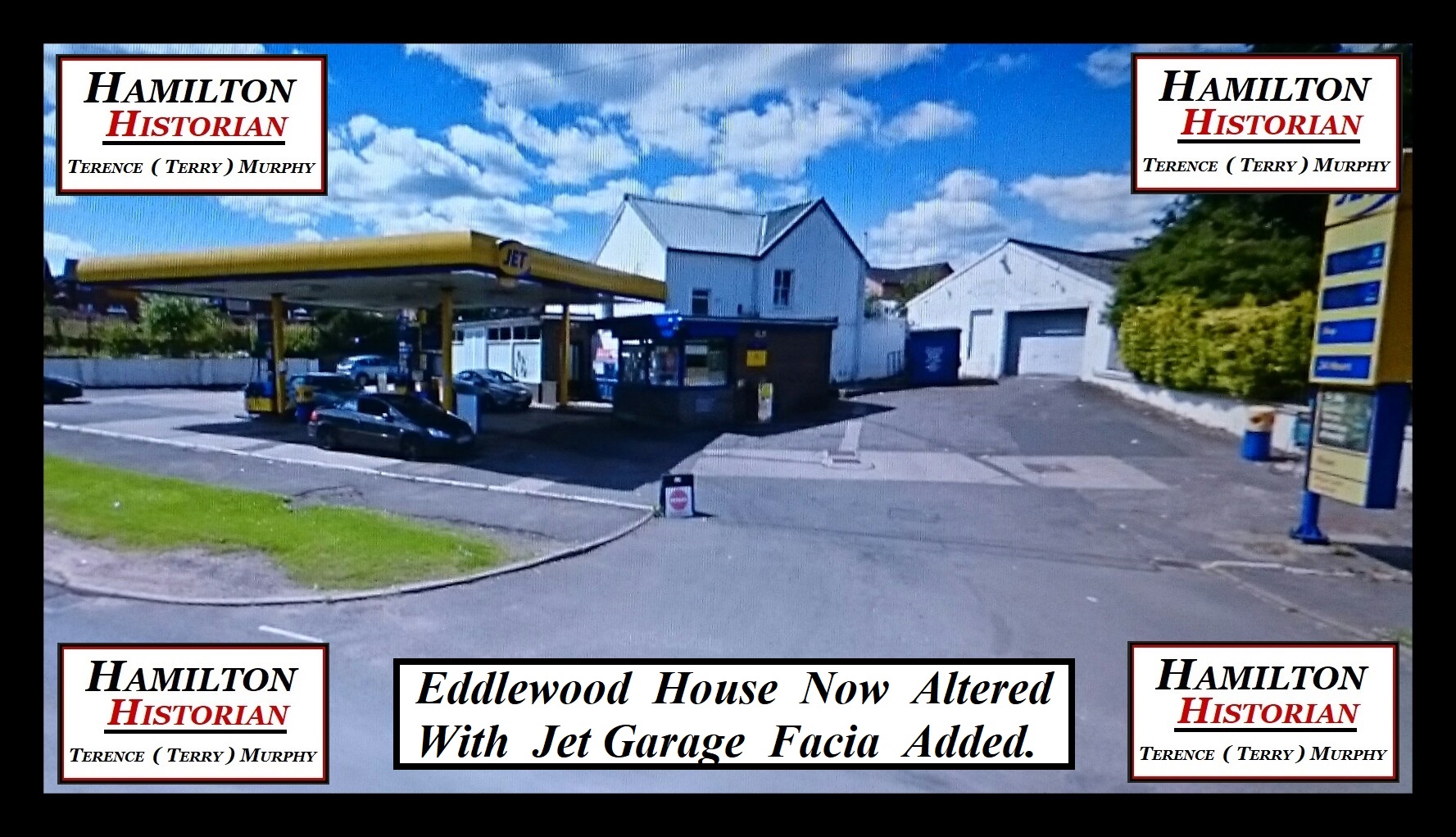Hamilton Mausoleum was built as a family chapel and final resting place for the 10th Duke of Hamilton ” Il Magnifico “. It is a grade: A listed building and is situated to the north of the site of the former Hamilton Palace (Palace Grounds/Low Parks) .Construction began in 1842 by David Hamilton and was completed in 1858 by David Bryce and Alexander Ritchie. The structure stands 120 ft in height and was built using local blonde sandstone blocks that neatly dovetail into each other. The structure is in three parts;
1): The dome.
2): The dado level which is plastered and panelled.
and 3): The vaulted basement where the crypt is located.
The total cost of the building was £130,000 which is the equivalent to many millions of pounds in today’s money value.
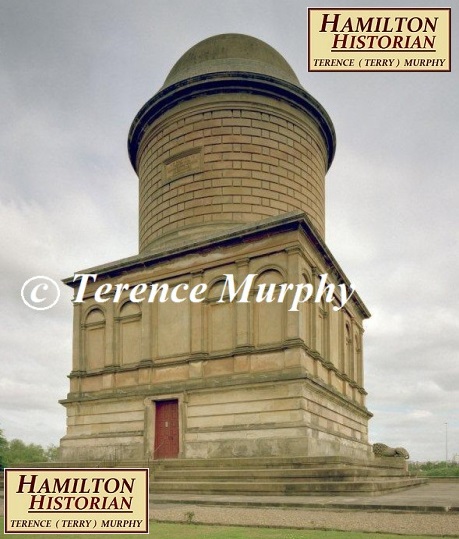 The Mausoleum.
The Mausoleum.
The original glass dome remained in situ until July 1971 when it had to be replaced by a perspex dome that was lowered into position by a helicopter. The reason for it’s replacement was due to the damage being caused by the elements (weather) penetrating the old putty seal around the base which had also been pecked away at by birds.
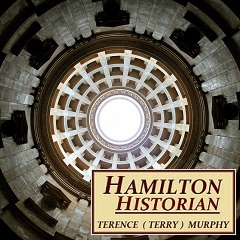 Ceiling Detail.
Ceiling Detail.
The entrance to the chapel which sits above the crypt now has oak replacement doors. The original bronze doors were designed by Sir John Steel and cast in the Edinburgh works of John Milne. They are based on the gates of “Ghiberti” at the ” Baptistery of Florence “, they are now housed inside the chapel on either side of the doors when you enter. Each door weighs 1 and a half tonnes.
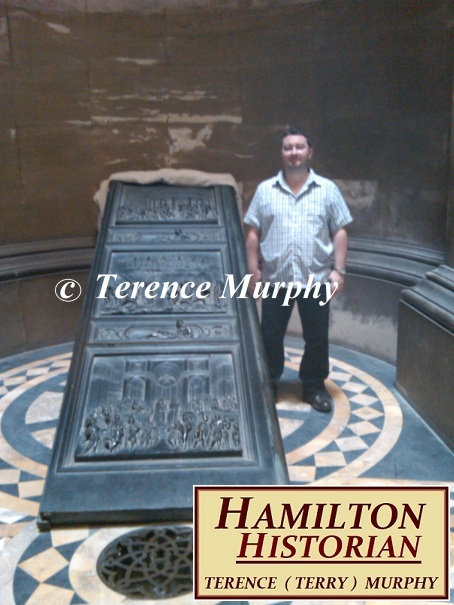
Hamilton Historian Terence (Terry) Murphy Standing Next To One Of The Original Bronze Doors For The Mausoleum. Now Housed Inside The Chapel.
The floor of the chapel is a decorative marble mosaic and facing the doors is the black plinth which once carried the 10th Duke’s Egyptian Sarcophagus. The chapel is said to produce one of the longest-lasting echoes of any building and is noted for it’s acoustic effect. The echo reverberation lasts approximately 15 seconds.
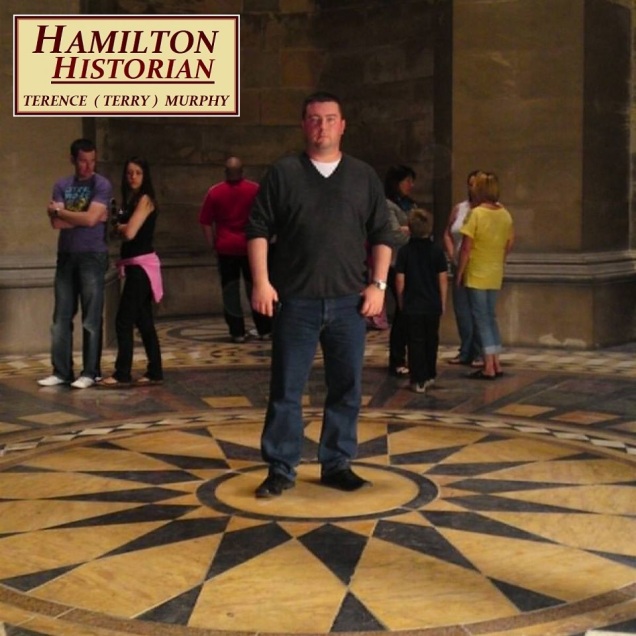 Hamilton Historian Terence (Terry) Murphy
Hamilton Historian Terence (Terry) Murphy
Standing In The Middle Of The Chapel, “Plumb Centre!”.
The crypt beneath the chapel is guarded by two very life -like Lion statues. The lion on the south side is wide awake and apparently in it’s prime of life. This is a symbolic representation of life at it’s meridian and the fullness of creation. It reminds us of our blessings on this earth and the “Protection” afforded by our creator. The lion asleep (in death) is on the west side and symbolizes the sinking of the sun and the approach of darkness in death. Above the entrance to the crypt are three stone face sculptures; Life, Death and Immortality. The 10th Duke and his predecessors were re-interred at Hamilton’s Bent Cemetery on October 13 1921 because at the time there was subsidence problems with the Mausoleum due to under mining for coal by the Hamilton Palace Colliery.
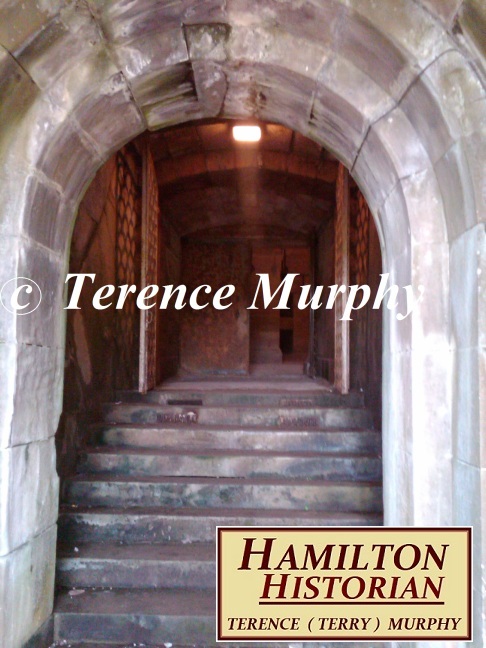 Entrance To The Crypt.
Entrance To The Crypt.
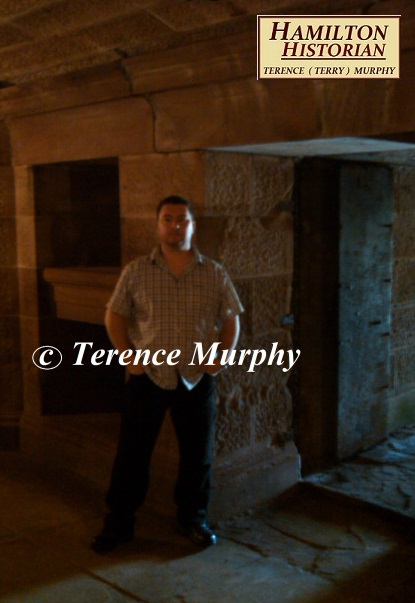
Hamilton Historian Terence (Terry) Murphy Standing Just Inside The Entrance To The Mausoleum Crypt.
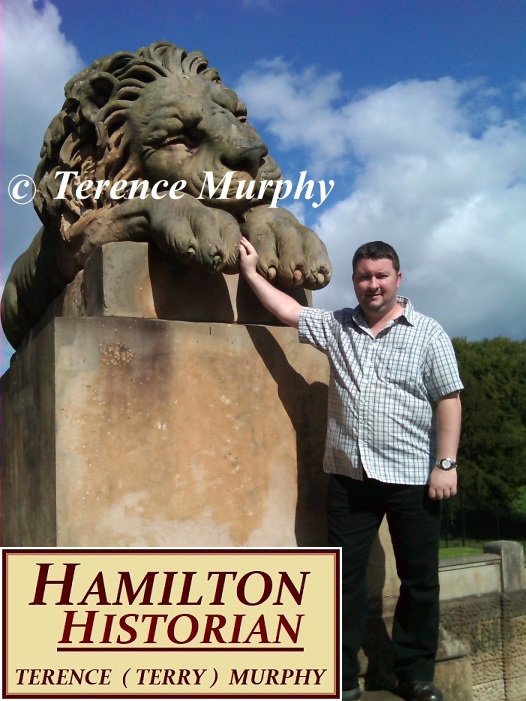 Hamilton Historian Terence (Terry) Murphy With The Sleeping Lion.
Hamilton Historian Terence (Terry) Murphy With The Sleeping Lion.
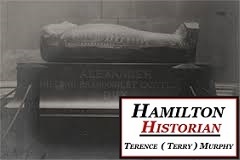
The 10th Duke’s Egyptian Sarcophagus And Plinth.
Written by
Hamilton Historian
Terence (Terry) Murphy.
ref. Hamilton Mausoleum, Wikipedia.

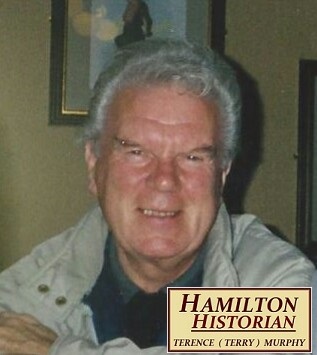 The Author; Robert Montgomery Murphy (Teedy).
The Author; Robert Montgomery Murphy (Teedy). Robert Montgomery Murphy (Teedy) c.1960. Drum Major For The Connecticut Pipe Band, Connecticut, Southern New England, USA.
Robert Montgomery Murphy (Teedy) c.1960. Drum Major For The Connecticut Pipe Band, Connecticut, Southern New England, USA.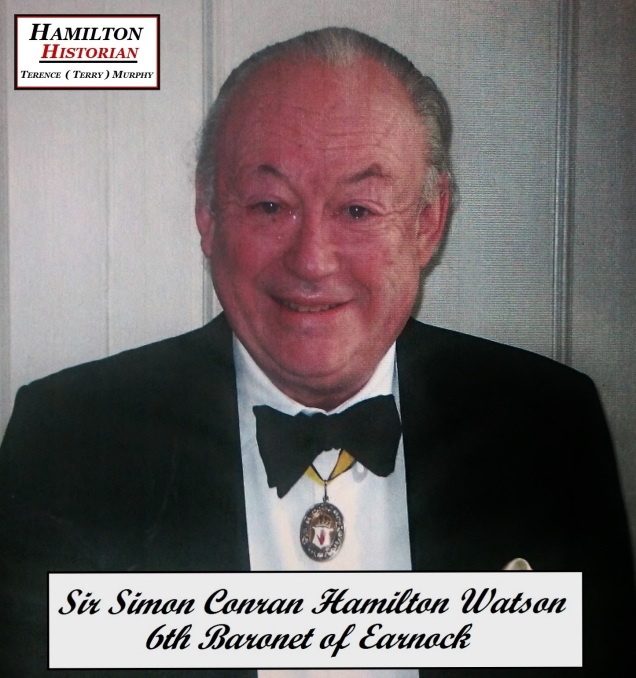

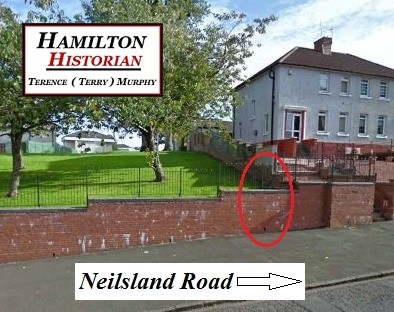
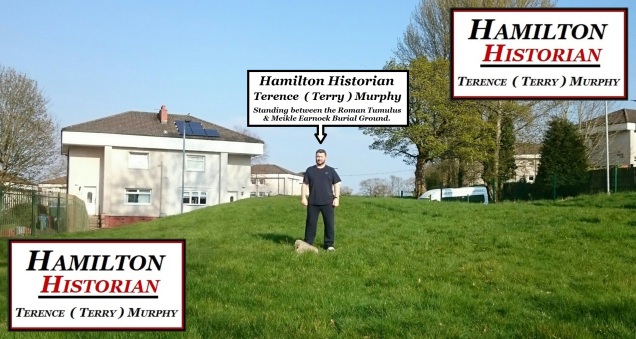

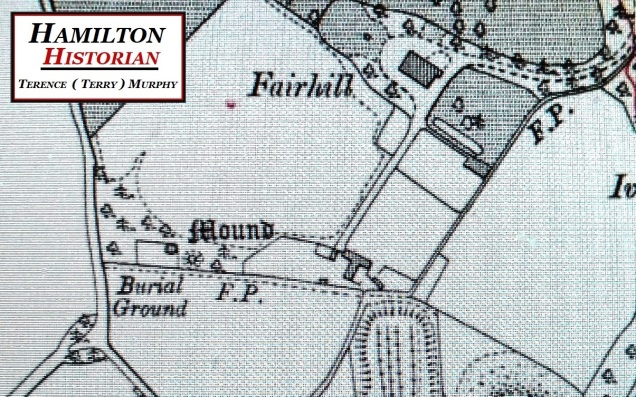

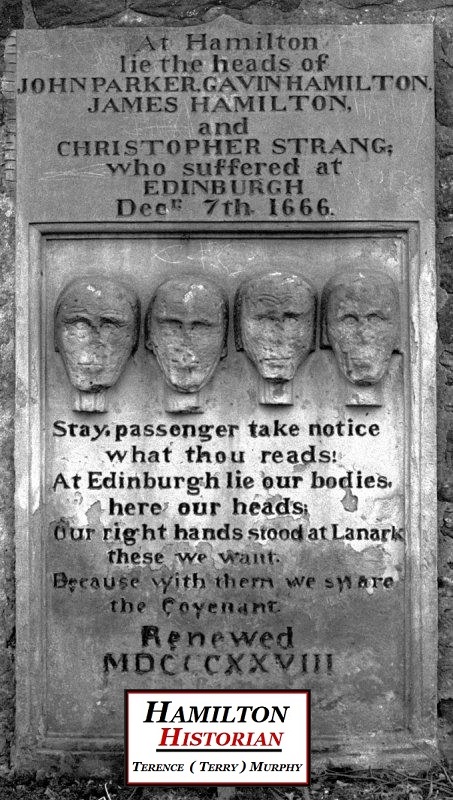
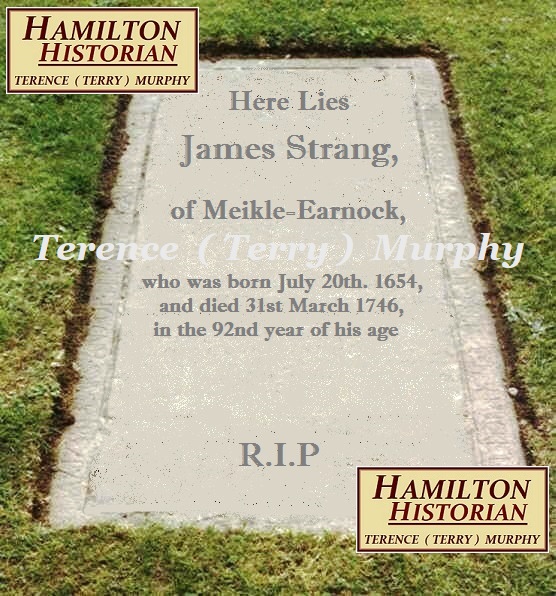

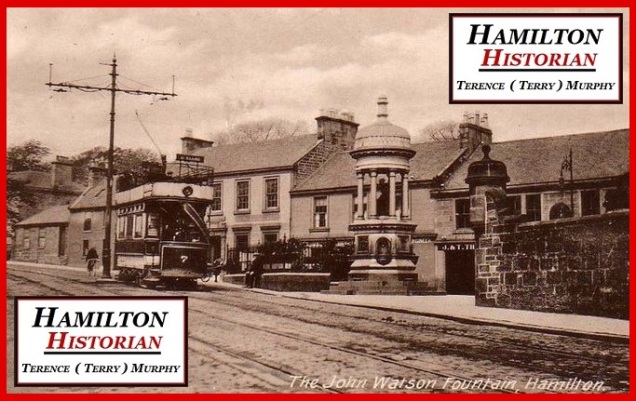

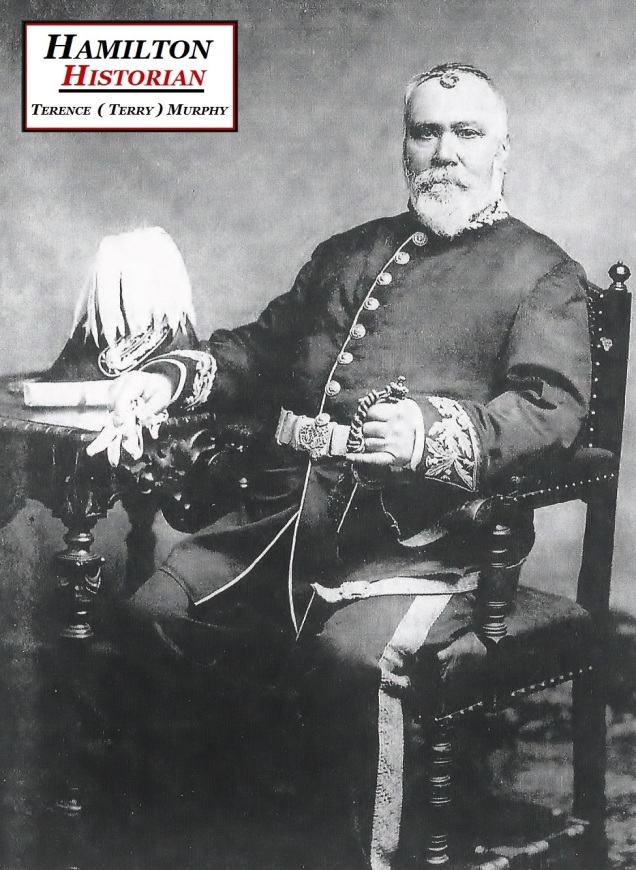 Sir John Watson 1st Bt of Earnock wearing his Deputy Lord Lieutenant of Lanarkshire Uniform.
Sir John Watson 1st Bt of Earnock wearing his Deputy Lord Lieutenant of Lanarkshire Uniform.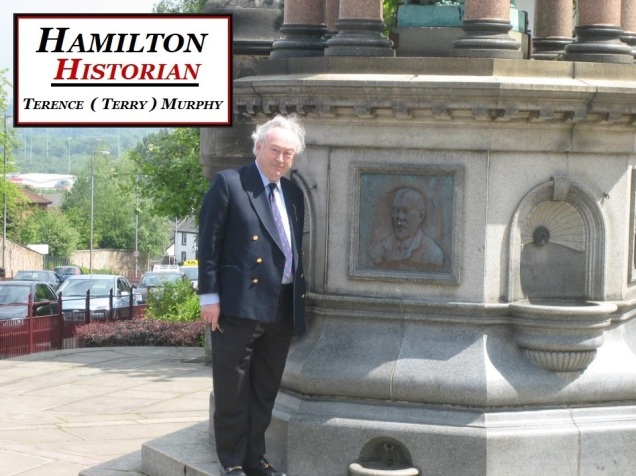 Sir Simon Conran Hamilton Watson 6th Bt of Earnock standing next to the fountain.
Sir Simon Conran Hamilton Watson 6th Bt of Earnock standing next to the fountain. Colonel Gavin Paterson Architect.
Colonel Gavin Paterson Architect.
